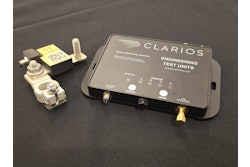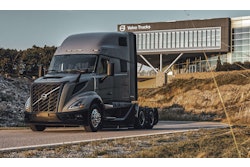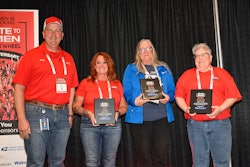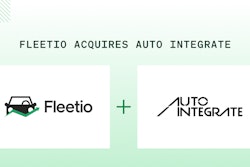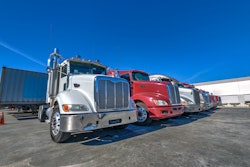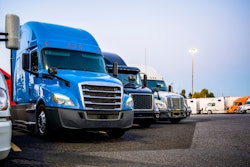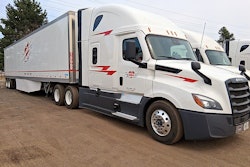Owning something invariably brings with it responsibility. Things require maintenance. Whether it’s a tractor, trailer, warehouse, road, bridge, railway, ship etc., maintenance is a necessary reality.
The economics of owning things presents the ever present challenge of balancing money coming in with allocating money going out. Management has to decide where to spend their funds: labor, materials, new projects, old projects, taxes, capital recovery, investors, insurance, legal fees, and more.
In lean times it is particularly challenging to balance funding all the needs and wants against the available income.
Inevitably the concept of deferred maintenance comes up. There are multiple definitions on the internet. Even the Department of Energy has an official definition, “Deferred Maintenance and Repair: Maintenance and repairs that were not performed when they should have been or were scheduled to be and which are put off or delayed for a future period.”
Put simply, deferred maintenance is kicking the can down the road and hoping it doesn’t bite you in the ass.
Deferred maintenance usually requires some extensive arm waving and rationalizing. Deferred maintenance is why one in three bridges in the U.S. are in need of repair or replacement, according to the American Road & Transportation Builders Association. The American Society of Civil Engineers (ASCE) estimated in its 2025 Comprehensive Assessment of America’s Infrastructure report that, “Many of our infrastructure networks had been neglected for decades at the federal level. As time passed and investments failed to keep pace with demands, the backlog of maintenance projects grew.” ASCE gave American roads a D+ on its report card, estimating that roads need $2.233 trillion in investment, and bridges another $538 billion.
The trillion number is big, but keep in mind that the stock market fall in March 2025 erased more than $5 trillion in investor value in the space of a few weeks.
Maintenance is just not sexy. I was speaking to an emerging technology class at the University of Michigan recently and I was asked why catenary electric technology was not making headway. These are overhead wires like you see running buses and trams in San Francisco or Portland. They might even be underground systems in the future, imbedded in highways. I explained that ultimately someone has to pay to maintain those systems, and we already are having huge financial challenges just maintaining the bridges and roadways we have already built.
Drivers love to complain about pot holes. Why don’t they just get fixed? When was the last time we increased the gasoline tax that helps pay for road maintenance? The last federal increase in gasoline and diesel taxes occurred in 1993!
We all apparently want to get something for nothing — a free ride. For those who own homes, how does that free ride work for you? Your plumbing lasts forever, right? Nothing needs repair, ever. You never need to repaint, your windows never fog up or need replacement. Your roof survives decades of hail storms and harsh winters, right?
Maintenance needs are a “pay me now, or pay me more later” cost. There are no free rides. Deferred maintenance is just wishful thinking.
Rationalizing away maintenance needs is how we have gotten to the point where we need to spend trillions of dollars just to maintain the roads and bridges, we already have, much less consider investing in future infrastructure needs.
There may be some quick political wins to cut budgets and appear to save money, but deferred maintenance has a nasty habit of showing up in catastrophic failure.
Neil Young nailed it in his album title Rust Never Sleeps.




